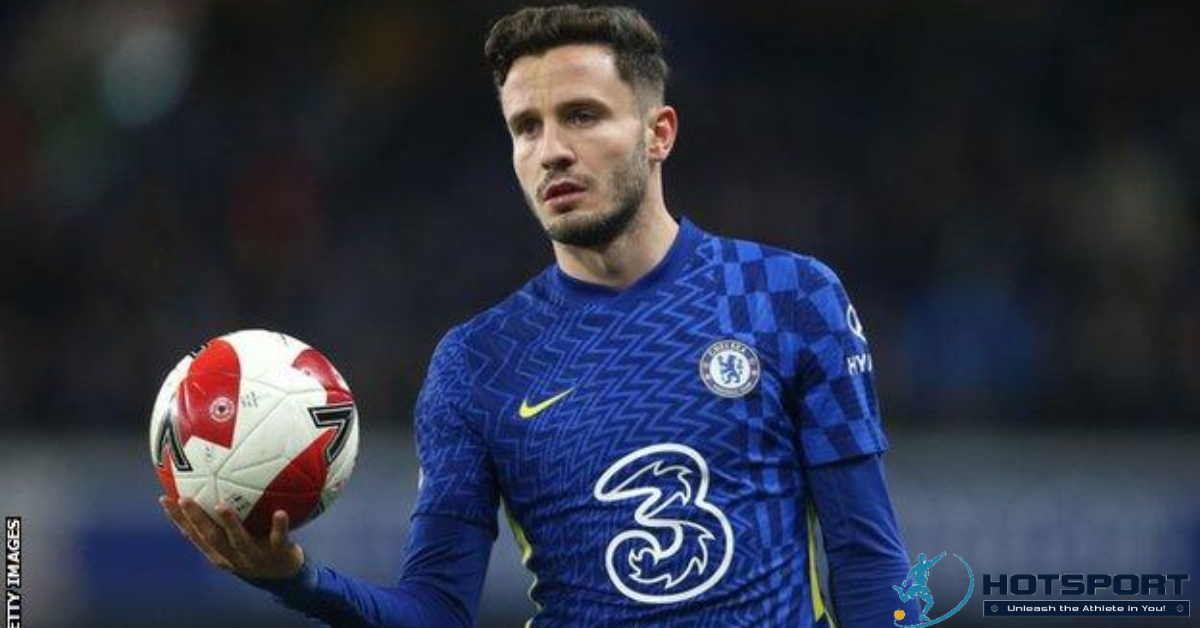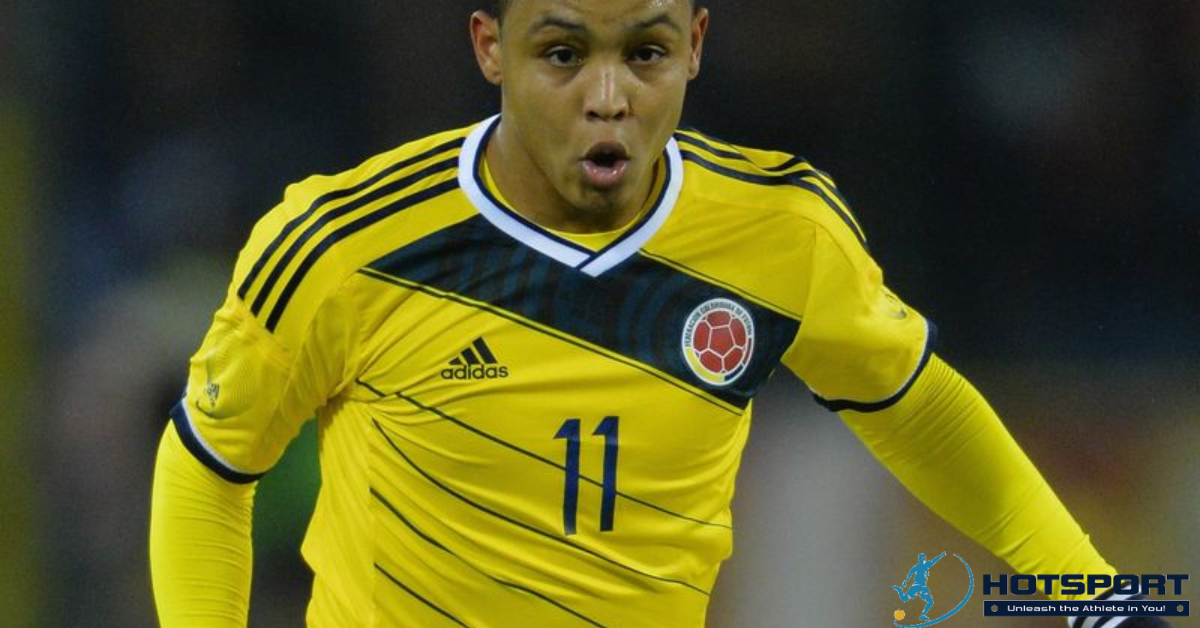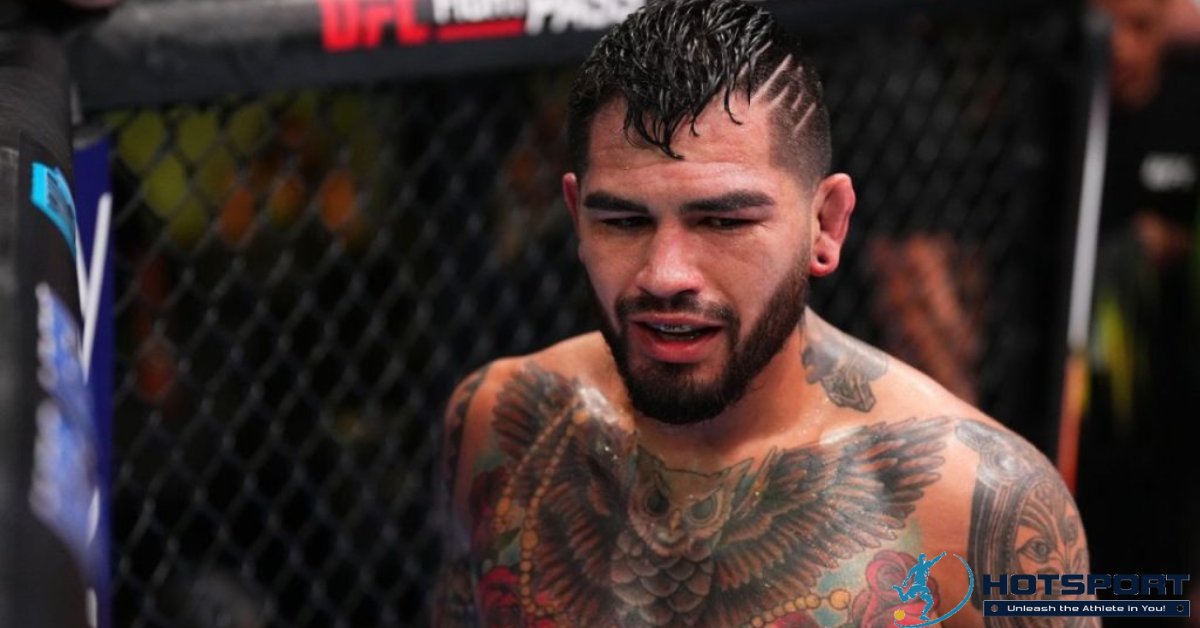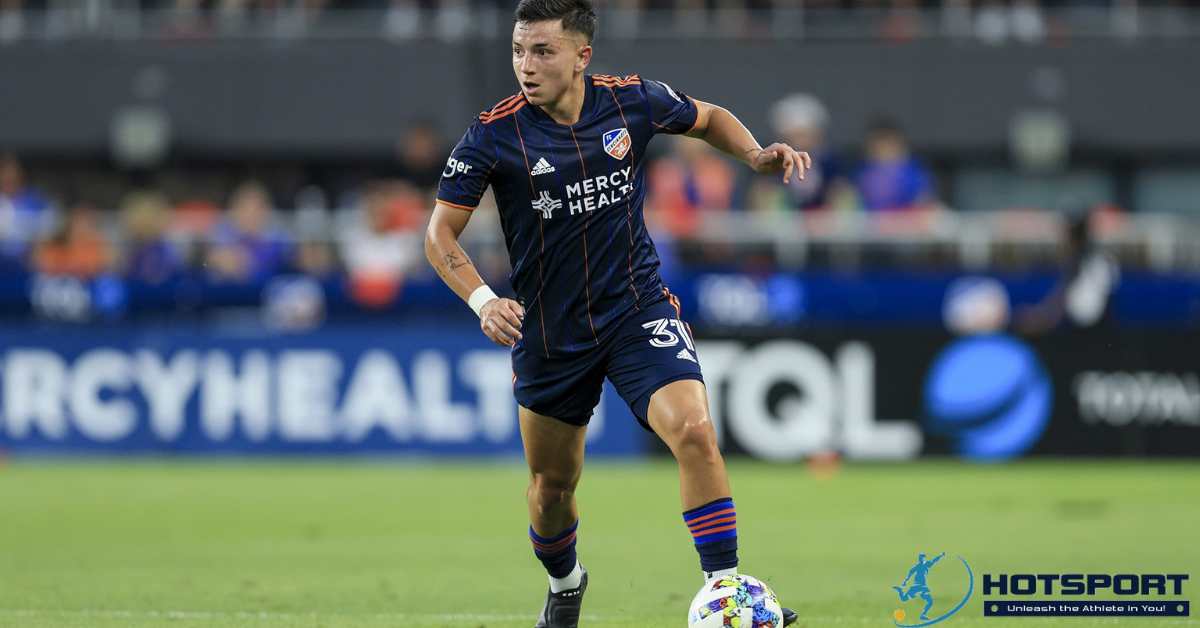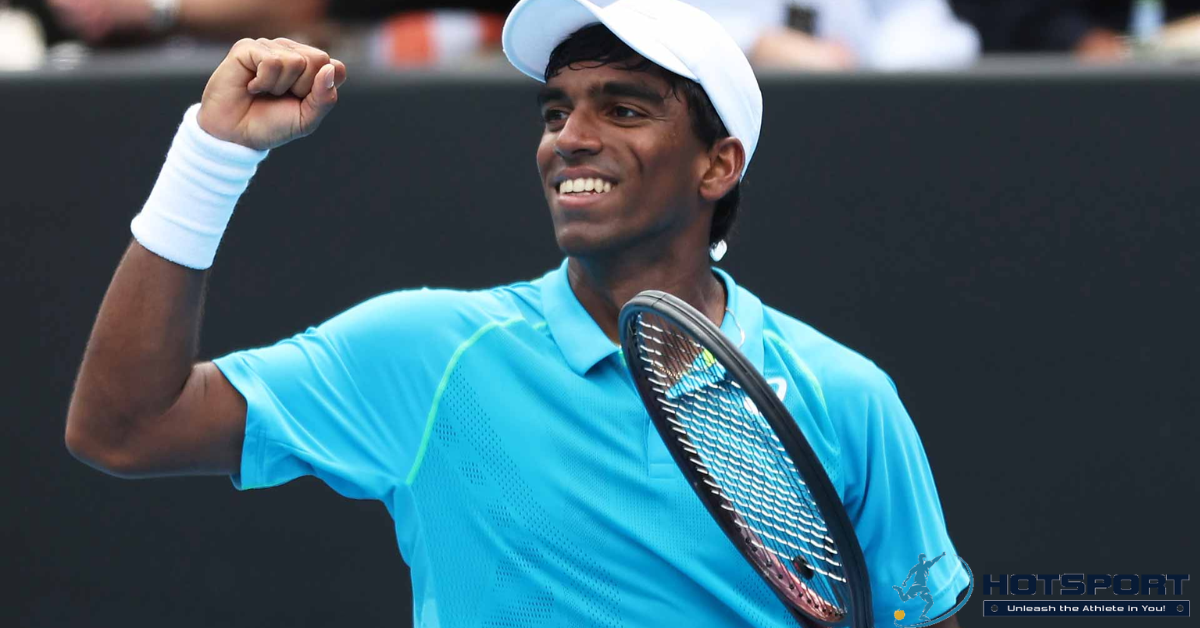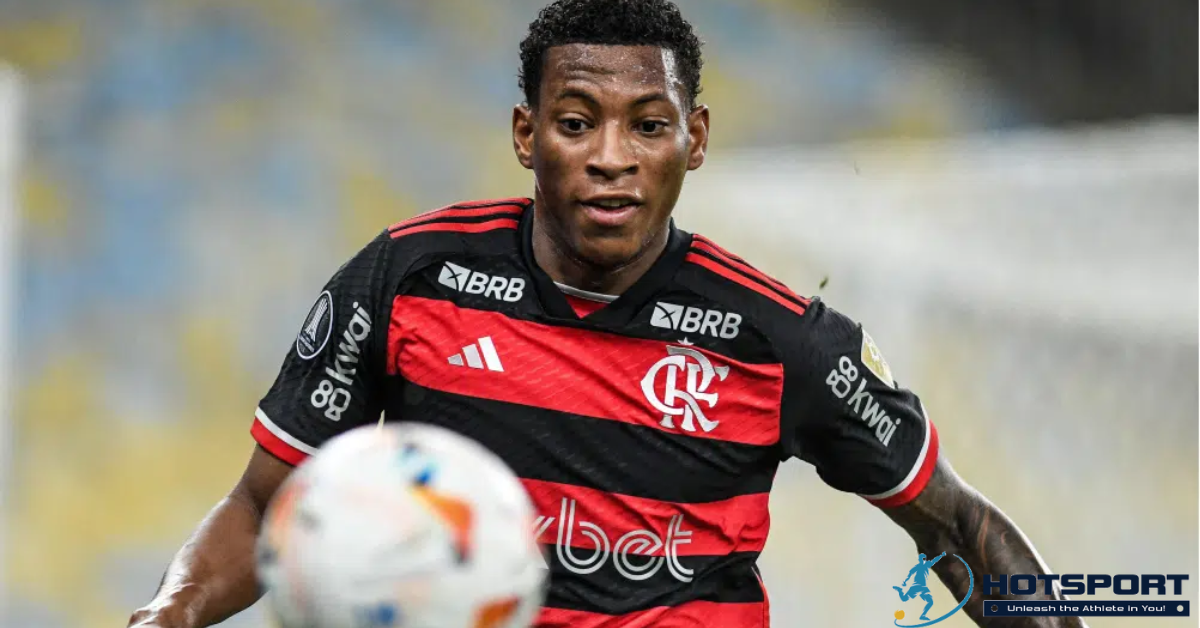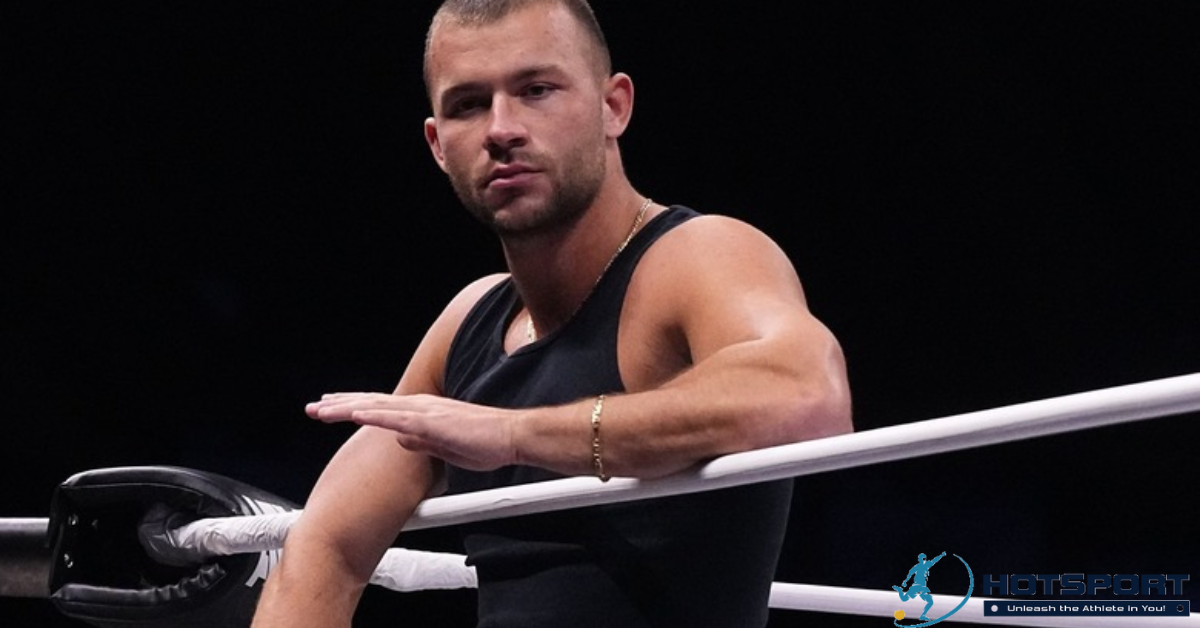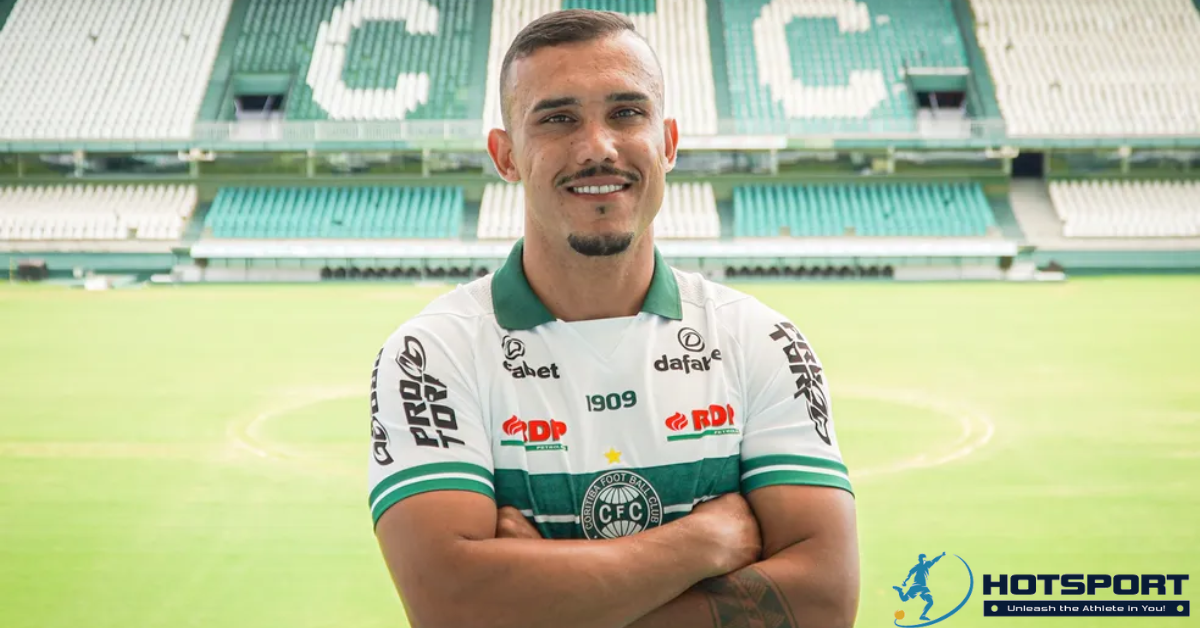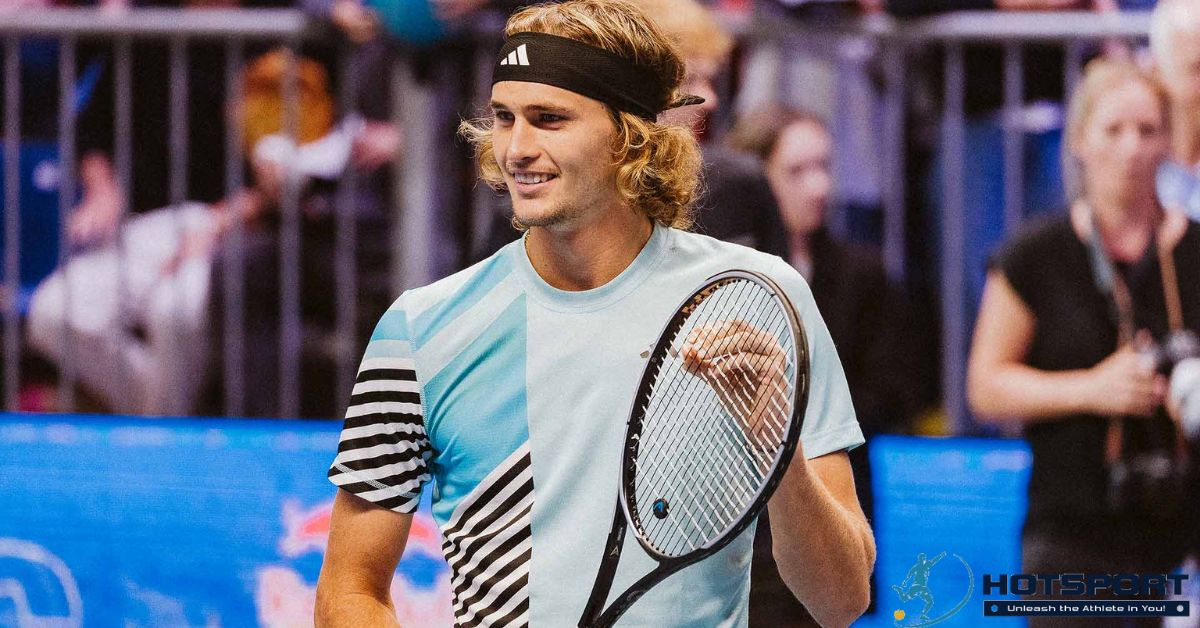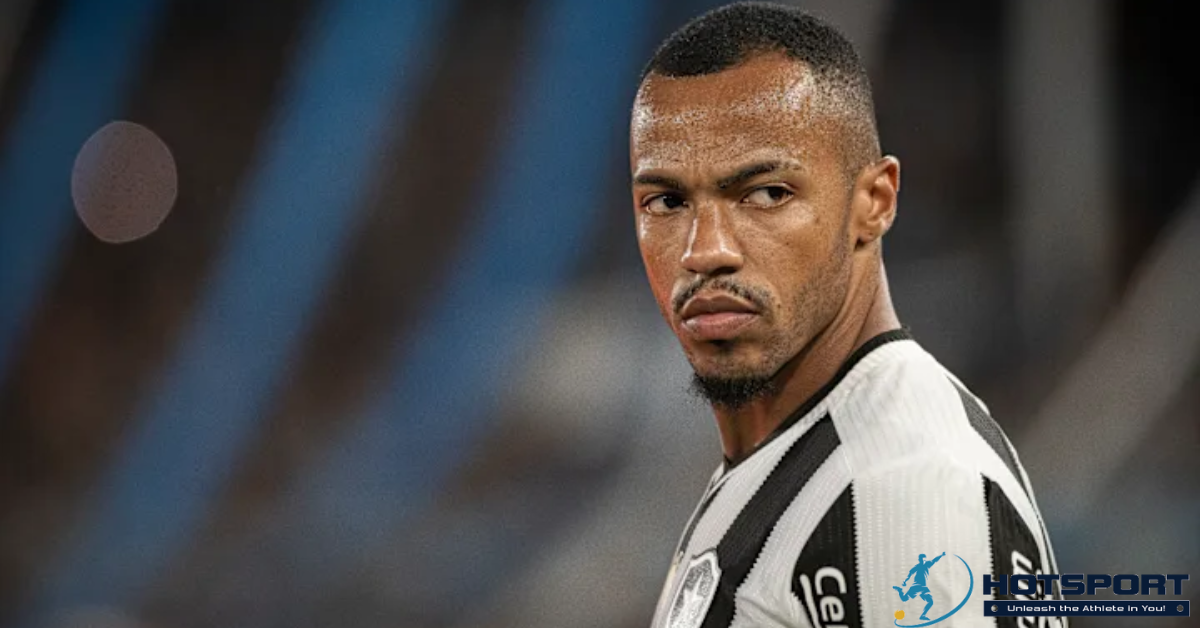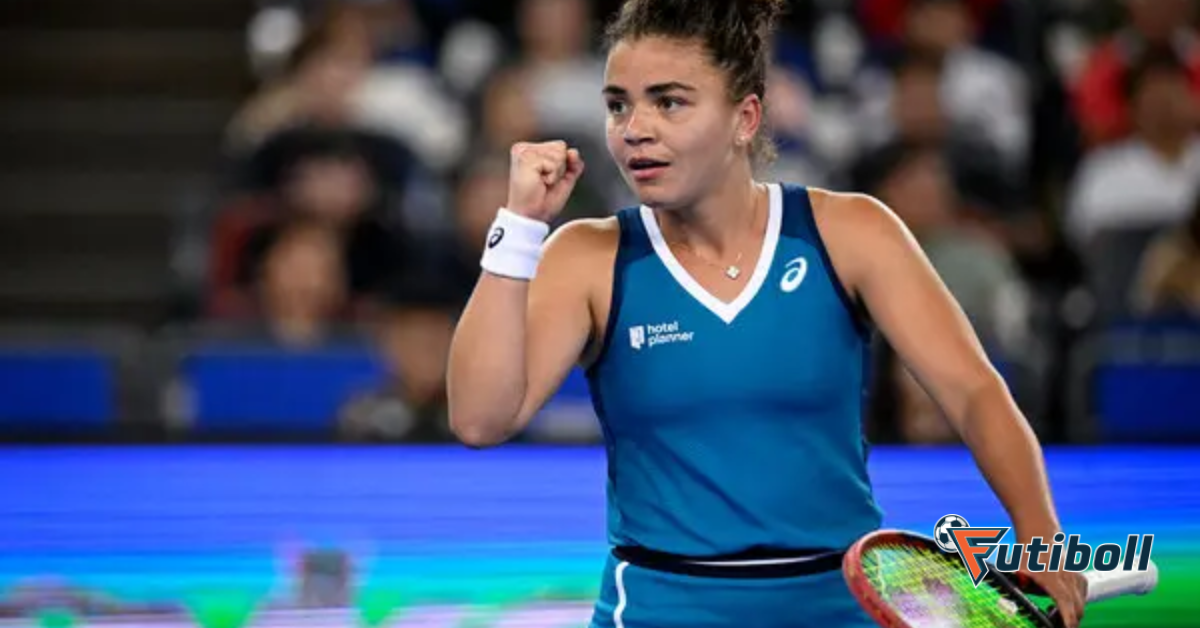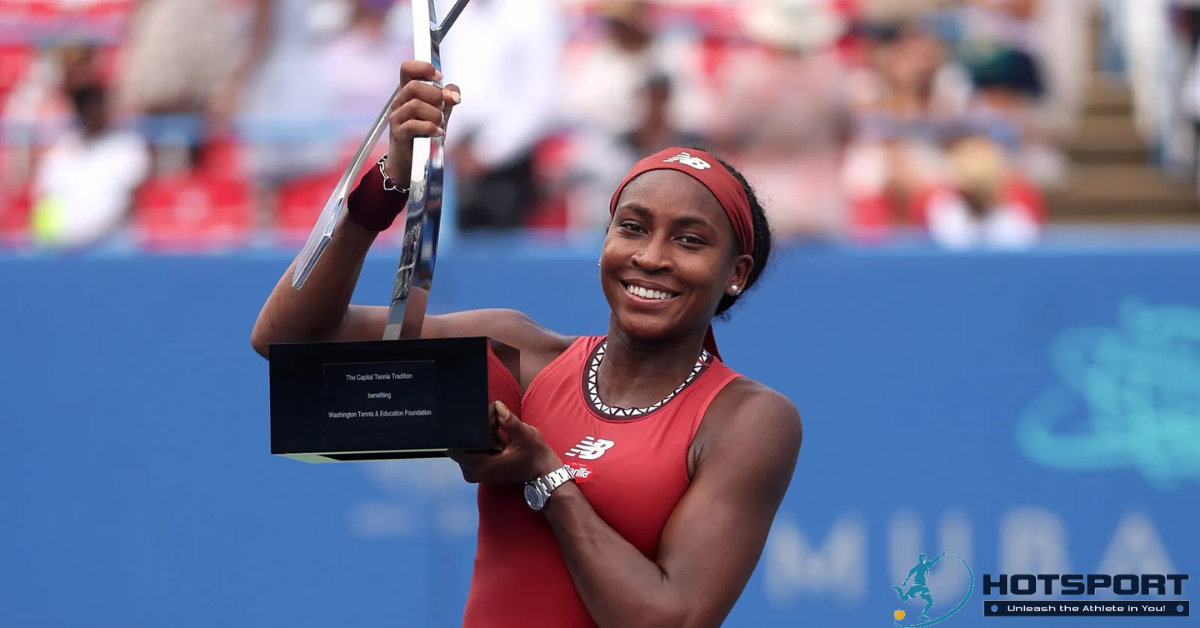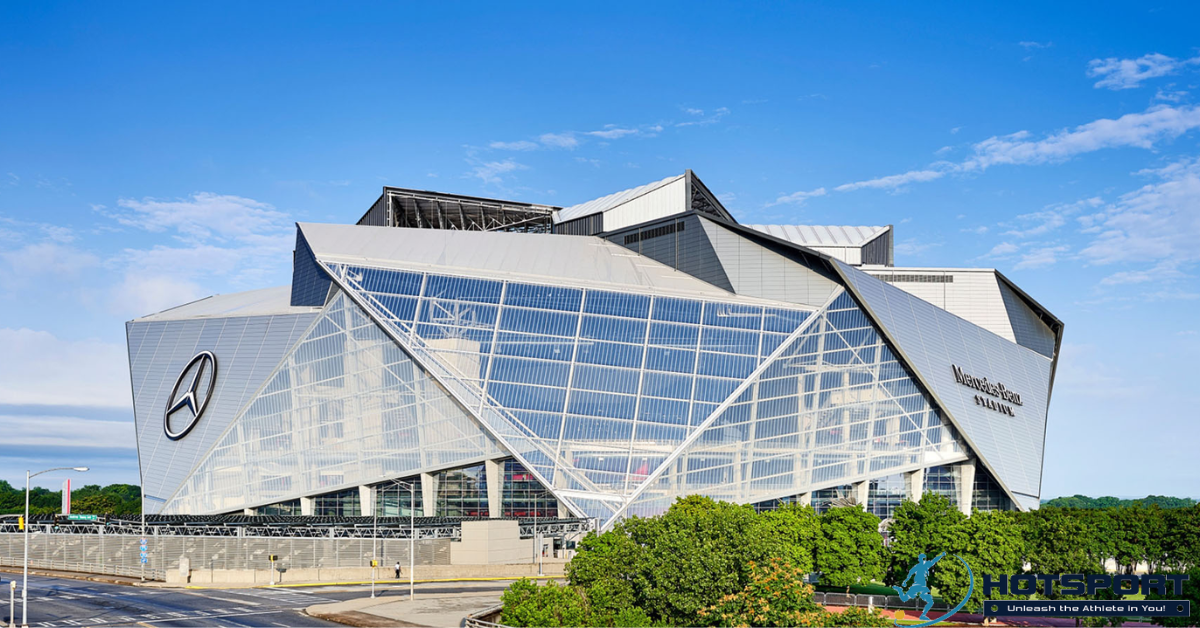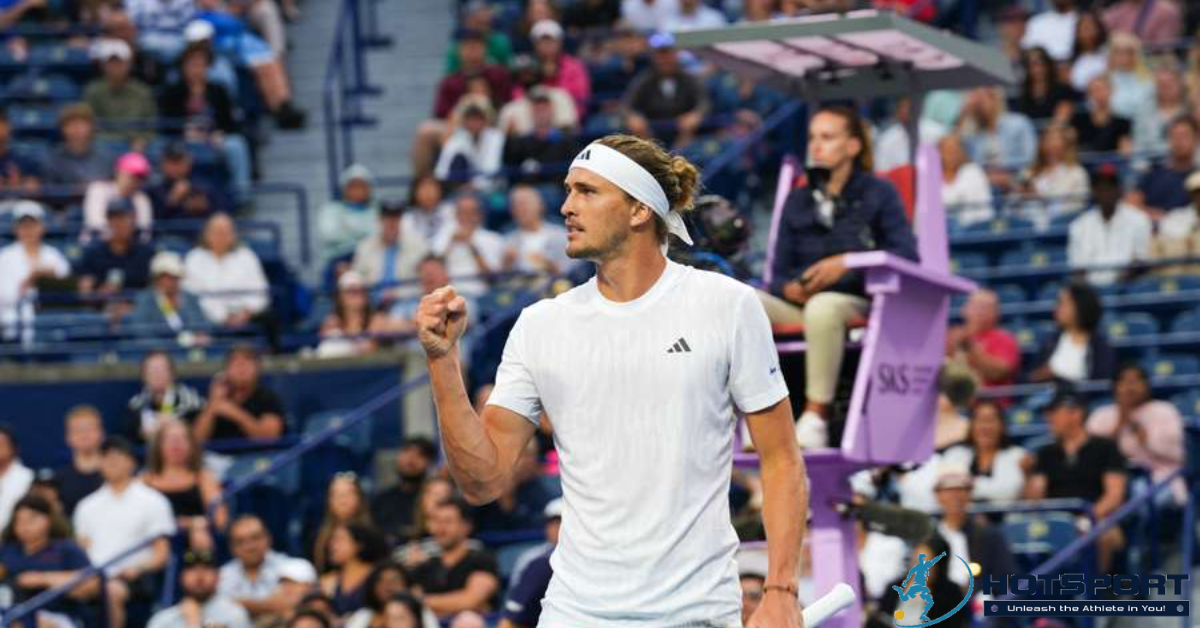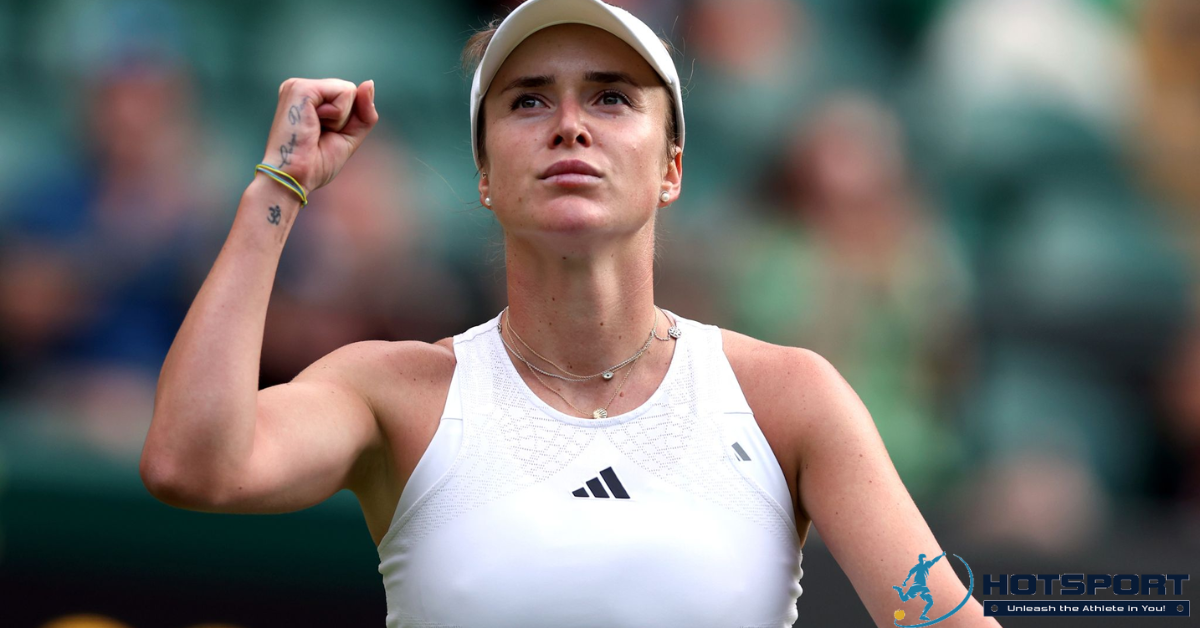Saúl Ñíguez: The Journey of an Elite Spanish Midfielder
Saúl Ñíguez Esclápez, known simply as Saúl, is one of the most versatile and talented midfielders in European football. Born on November 21, 1994, in Elche, Spain, Saúl has built a career defined by dedication, tactical intelligence, and clutch performances on the pitch. This article explores Saúl’s journey, from his early steps in football to his establishment as a key figure for Atlético de Madrid and the Spanish national team, highlighting his achievements, challenges, and impact on the sport.
Early Life and First Steps in Football
Origins in Elche
Saúl was born into a football-loving family. His father, José Antonio Ñíguez, was a professional footballer, playing as a forward for clubs like Elche CF. His older brothers, Aarón and Jony, also pursued careers in football, creating an environment where the sport was a central part of family life. From a young age, Saúl showed natural talent with the ball, playing in the streets of Elche and participating in local matches.
At age 11, he joined the youth academy of Real Madrid, one of the world’s most prestigious clubs. This opportunity marked the beginning of his development as a player but also brought challenges, as the pressure of performing at such a high-profile club was immense for a young boy.
Challenges in Youth
Despite his talent, Saúl faced difficulties during his time at Real Madrid. Reports suggest he experienced bullying from peers in the youth academy, which prompted him to seek a new environment. In 2008, at age 13, he transferred to Atlético de Madrid, where he found a more welcoming atmosphere and could focus on honing his skills. This move was a turning point in his career, allowing him to concentrate on his development.
Rise at Atlético de Madrid
Debut and Early Matches
Saúl made his professional debut for Atlético de Madrid on March 8, 2012, in a Europa League match against Besiktas. At just 17 years old, he came on as a substitute, displaying impressive maturity. His versatility in midfield, combined with his vision and goal-scoring ability, caught the attention of coach Diego Simeone, who would become a pivotal figure in his career.
Loan to Rayo Vallecano
To gain experience, Saúl was loaned to Rayo Vallecano for the 2013-14 season. At the neighboring Madrid club, he had the chance to play regularly in La Liga, facing top-tier opponents. During the season, he made 37 appearances and scored two goals, showcasing his ability to play as both a defensive midfielder and in more advanced roles. The loan spell was crucial for his development, as he returned to Atlético more mature and confident.
Establishment at Atlético
Upon returning to Atlético de Madrid for the 2014-15 season, Saúl began to establish himself as a key part of Simeone’s system. His ability to win back possession, deliver precise passes, and arrive in the opponent’s box to score made him indispensable. One of the most memorable moments of his career came in the 2015-16 season during the UEFA Champions League quarterfinals against Bayern Munich. Saúl scored a stunning solo goal, dribbling past defenders before finishing with precision, securing a 1-0 victory in the first leg.
Playing Style and Versatility
A Complete Midfielder
Saúl is often described as a “team player.” His versatility allows him to play various midfield roles, including defensive midfielder, central midfielder, and even as a wing-back on occasion. He combines physical strength with tactical intelligence, making him effective in both defensive and attacking phases. His game-reading ability helps him intercept passes and initiate counterattacks, while his refined technique contributes to goals and assists.
Clutch Performances
One of Saúl’s greatest strengths is his ability to shine in critical moments. Beyond his goal against Bayern, he scored in other high-stakes matches, such as the 2016 Champions League semifinal against Barcelona. His composure under pressure and willingness to take responsibility have made him a fan favorite at Atlético.
Defensive Work and Leadership
Under Diego Simeone, known for his rigorous defensive approach, Saúl developed a strong sense of tactical discipline. He is tireless in pressing, often covering large areas of the pitch to support his teammates. While not the official captain, his leadership on the field is evident, particularly in tightly contested matches, where he motivates his teammates and remains calm.
Achievements with Atlético de Madrid
National and International Titles
Saúl has won numerous titles with Atlético de Madrid, reflecting his importance to the club. His major achievements include:
- La Liga (2020-21): Saúl was a key figure in the campaign that ended the dominance of Barcelona and Real Madrid in the Spanish league.
- Europa League (2017-18): He played a significant role in Atlético’s victory in the European competition.
- UEFA Super Cup (2018): Saúl scored in the 4-2 win against Real Madrid.
- Copa del Rey (2012-13): Though still young, he contributed to the campaign that culminated in a victory over Real Madrid.
Impact on the Club
Saúl’s longevity at Atlético de Madrid is remarkable. He has remained with the club for over a decade, navigating periods of highs and lows. His loyalty and dedication have made him an idol for fans, who admire his commitment and alignment with the club’s values of grit and passion.
Spanish National Team Career
Debut and Tournament Appearances
Saúl debuted for Spain’s senior national team on September 1, 2016, in a friendly against Belgium. His first major tournament was the 2016 UEFA European Championship, where he had limited appearances but showed potential. He also represented Spain at the 2018 World Cup, though the team did not progress beyond the round of 16.
With the Spain U-21 team, Saúl had an even more impressive impact. During the 2017 UEFA European U-21 Championship, he scored five goals, including a hat-trick in the semifinal against Italy, helping Spain win the title.
Challenges in the National Team
Despite his talent, Saúl has struggled to secure a regular starting spot in the senior national team. The competition in Spain’s midfield, with players like Sergio Busquets, Thiago Alcântara, and Koke, has limited his opportunities. However, his versatility and consistency keep him as a valuable option for coaches.
Loan to Chelsea and Return to Atlético
Premier League Experience
In the 2021-22 season, Saúl was loaned to Chelsea in England, seeking new challenges. The move to the Premier League was seen as an opportunity to adapt to a more physical and dynamic style of play. However, his stint at Chelsea was underwhelming. With limited playing time and struggles to fit into Thomas Tuchel’s system, Saúl made only 23 appearances and scored one goal.
Return and Renewal
After the loan, Saúl returned to Atlético de Madrid for the 2022-23 season. Despite speculation about a permanent departure, he regained his place in the team, showcasing resilience and determination. His ability to reinvent himself and meet Simeone’s demands reinforced his importance to the club.
Personal Life and Legacy
Beyond the Pitch
Off the field, Saúl is known for his low-profile demeanor and focus on his career. He keeps his personal life private but often shares moments with family and friends on social media. His passion for football is evident, but he also engages in social causes, supporting local initiatives in Elche and programs for developing young players.
Legacy in Spanish Football
At 30 years old (in 2025), Saúl still has much to offer. His career with Atlético de Madrid and the Spanish national team places him among the most respected midfielders of his generation. He is a model of perseverance, having overcome personal and professional challenges to achieve success. His ability to combine technical skill with hard work inspires young players worldwide.
The Future of Saúl
Prospects at Atlético
With his contract with Atlético de Madrid valid until 2026, Saúl remains a central figure in Diego Simeone’s system. His experience and versatility will be crucial in competitions like La Liga and the Champions League, where Atlético aims to solidify its status among Europe’s elite.
Opportunities with the National Team
In the Spanish national team, Saúl has the chance to play a more prominent role, especially as the squad undergoes a renewal under new coaches. His experience in major competitions and ability to play multiple positions could secure his spot in future tournaments, such as the 2028 UEFA European Championship.
Lasting Impact
Regardless of what the future holds, Saúl Ñíguez has already left his mark on football. His dedication to Atlético de Madrid, ability to deliver in big moments, and versatility make him a unique player. He exemplifies how talent, hard work, and resilience can lead to a successful career in the world’s most popular sport.
Conclusion
Saúl Ñíguez is more than a talented midfielder; he is a symbol of perseverance and passion for football. From his early days in Elche to the spotlight of the Champions League, he has faced challenges with determination and built an admirable career. For Atlético de Madrid and Spanish national team fans, Saúl represents the essence of modern football: a player who combines technique, intelligence, and heart. As he continues his journey, the football world eagerly awaits more memorable moments from this Spanish star.

